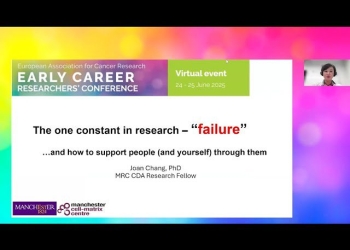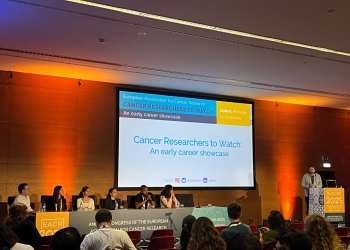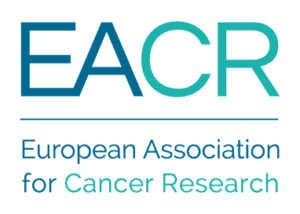The EACR’s Top 10 Cancer Research Publications is a regular summary of the most interesting and impactful recent papers in cancer research. It is curated by the Board of the European Association for Cancer Research (EACR).
The list below appears in no particular order, and the summary information has been provided to us by the authors.
Use the dropdown menu or ‘Previous’ and ‘Next’ buttons to navigate the list.
Papers 7-9 are all connected
“These three papers identify a new vulnerability in human cancers based on a novel synthetic lethal interaction.” Alberto Bardelli, EACR President
F.M. Behan, F. Iorio, G. Picco et al., Nature (2019)
Brief summary of the findings
The histological and molecular heterogeneity of cancer has hampered identification of tumour cell vulnerabilities that could be exploited therapeutically. Lack of efficacy is a leading cause of the high attrition rate during cancer drug development, and fewer molecular entities to new targets are being developed. Unbiased strategies that effectively identify and prioritize candidate targets in tumours could expand the range of targets, improve success rates, and accelerate the development of new therapies. This manuscript describes Project Score, the genome-scale CRISPR–Cas9 screening of 324 human cancer cell lines from 30 cancer types to prioritise candidate cancer drug targets. The authors used a novel data-driven framework to systematically prioritize new targets that not only takes into consideration the CRISPR fitness data, but also integrates genomic data and the suitability of candidate targets for drug development. The study identified hundreds of priority targets, notably including a synthetic-lethal dependency on Werner syndrome helicase (WRN) in microsatellite unstable cancer cells from multiple tumour types. This study provides a resource of cancer dependencies, generates a framework to prioritize cancer drug targets, and suggests specific new candidate drug targets.
Future impacts of the findings
The principles described in this study can inform the early stages of drug development by contributing to a new, diverse and more effective portfolio of cancer drug targets. The prioritisation of candidate targets, and specifically Werner syndrome helicase in microsatellite unstable disease, could lead to new therapies for patients. Data and methods described in this study are components of the Cancer Dependency Map, an international effort to identify all vulnerabilities – so called dependencies – in all cancer cells. The Cancer Dependency Map aims to create a knowledge base to catalyse a new wave of more effective, less toxic precision cancer medicines.
We have also released a website with access to explore and download all data that was generated by this study: https://score.depmap.sanger.ac.uk









